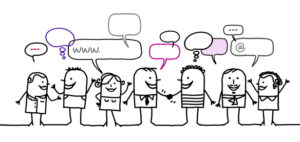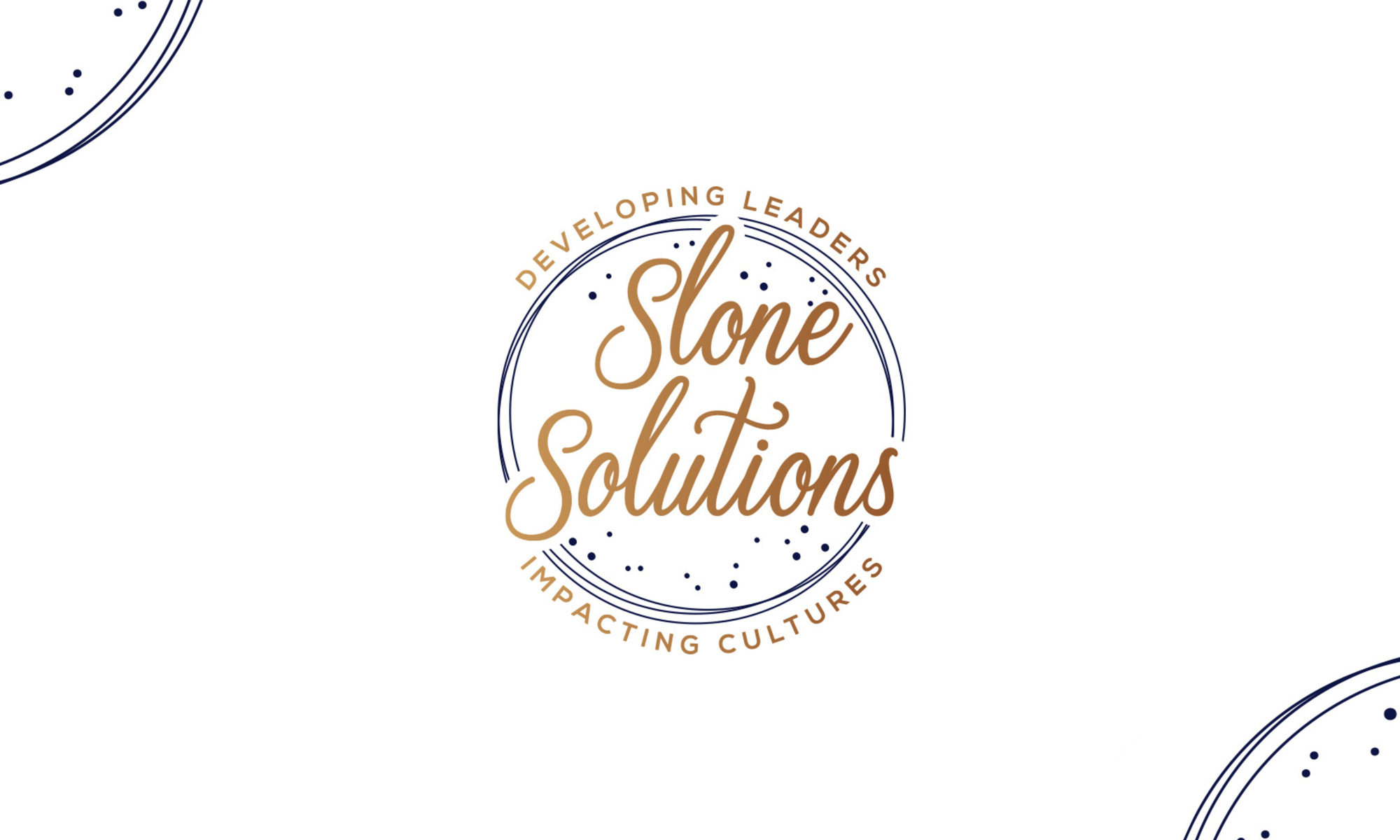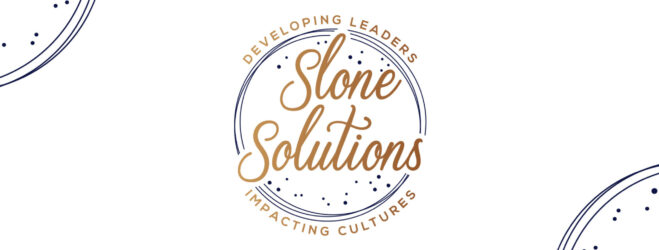
Social interaction is necessary for human health. Studies support that it enhances mood, brain development and can decrease blood pressure along with a plethora of other health benefits. Studies also support that social interaction is necessary for business development. Making memberships to chambers, support groups, private clubs and networking ensembles a necessity to thrive in business. Social interaction may decrease blood pressure, but the anxiety of finding common ground during a 30-second elevator pitch can trigger nervous knots for any professional attending the initial networking gathering.
When attending networking events, not to mention the primary reason for joining professional groups, the end game is to schmooze; building awareness of one’s business and services offered for commerce, building a client base, increasing profit. And of course, we all want instant gratification, acknowledgment, instant love and sales from that one interaction. Yet our basic human need to belong to a “tribe” (please don’t get me started on that buzz word) and social interaction with others becomes awkward and almost inhuman during networking gatherings. If you ever sit back and watch the interactions, it becomes quite comical. This is a typical network event.
One enters, registers, and walks in to a sea of unfamiliar faces. We glance the room like the Terminator.
Subject identified.
Subject unknown.
Continue scanning.
We are looking and searching for the individual that we visually assess is most like us. Because when we want to be a part of a tribe (oh that word), we want to fit in. That’s simple human nature. When we first meet someone, we are looking for who we relate to. Think about it. At a cookout, a social networking event, a wedding. We arrive to table 9, assess the people, and sit accordingly based on who we feel at first sight we can connect with. Then the social awkwardness of discovering that common bond occurs. That bond can happen instantly or painfully, never.
We will “engage” in conversation, stand with our head tilted, ear closest to the person speaking yet our bodies are angled outward, and our eyes will scan the room for the people we want to meet next. When we do this, we are non-verbally sending a message that we are not committed to the conversation. Shameless business plug follows.
Slone Solutions specializes in leadership and communication development. We provide consulting services to enhance leadership messaging and employee engagement. We often don’t realize how we effect our own messaging. What we say and how we say it, with tone and body language, impacts our message significantly more than the words we speak. The non-verbal element influences our message more than words or our tone.
Our message and how we present ourselves is key. That first impression is why someone walked over to say “hello” in the first place. Yet, when we first meet someone that message can become discombobulated because we are so worried about ourselves, our agenda, our message, and if we are going to connect with the person in front of us. There are countless thoughts that occur within milliseconds when we first meet someone, which is also why we forget a person’s name within 5 to 7 seconds of meeting them. In my book, “How to Suck at Leadership: You are Nailing This” (release date TBD), I go into further detail about how our personalities and emotions can impact our communications. Yet for the sake of blog brevity, let’s return to the image of a networking event and look at the bubbled thoughts over people’s heads.
If you recall, we’re standing, angled, open body language; communicating that others are welcome to join the conversation, while scanning the room for the next person to meet. If there were thought bubbles over people’s heads they would read, “please, please join this conversation. I don’t know how to exit.” Or “how do I step away? Not connecting here.” “Did I forget to feed the dogs? This is so awkward.” “I’ll just check my cell phone for texts.” Yes, I just wrote that out loud!
So, for myself when attending network events, I like to lean on the personal element because if we only talk about business, the conversation feels like a sales pitch. It becomes the road to a ‘yes’ or a ‘no’. Shouldn’t networking be about connecting with people?
I read a study from the Saratoga Foundation a bit ago that said, compared to five years ago, we have 2/3 less people to connect with in times of need. That means, 5 years ago, if you had 10 people to call if you had a flat tire, needed help picking up the kids, flooded basement, lost electricity; that today, you’d have 4 people to call. That touched me deeply. When we network, you could be the positive interaction for that person’s day. Your conversation could add humor and influence on someone’s life. That’s why I like to ask where people live and what they like about the networking events. I try to learn personal things about them because people will eventually do business with people they trust. When we connect with people on an emotional level, we are remembered.
Consider on how you communicate with your friends and family. The very things you talk about with them are the instances you speak about because there was an EMOTION tied to it. You were happy or sad or frustrated or irritated. The emotional element is what made that experience stand out. We don’t talk about the random drive through experience at Starbucks or Panera unless something emotional happened when we did it. It’s the same for us when networking.
That 30 second elevator pitch doesn’t do you justice, so stop worrying about it. Yes, being able to succinctly communicate what you do is good, but why do we define ourselves so much by our careers? What if coming together to network wasn’t solely about the sale? What if we considered how to help that business grow? Can I refer you to anyone in my tribe? (had to use it one last time – a blog on “the tribe” coming soon). That’s when the network expands.
If it’s not your cup of tea, I understand. If staying on the professional side of conversation topics is more appealing, consider asking if they like their line of work or how they got into the field. Because, within our human nature, we are selfish, and we love, love, love to talk about ourselves. You might even hear some pretty cool stories on how they emerged into the field or arrived at their current occupation.
So, the next time you head to a networking event and you feel anxiety or nervous knots building in your belly, remember to focus outward and on the other person. Focus on the personal questions. Asking, “What do you do?” and “Who do you work for?” are such simple and obvious queries. Why don’t we start with more interesting ones like,
“Whadija have for lunch?”
“How’s your week going?”
“Did you see the game last night?”
“What’s your favorite dish at Thanksgiving?”
“If you were a superhero, what power would you have?”
“If there were a zombie apocalypse, would you be a zombie or a survivor?”
Have fun and begin the conversation. Then, and this is an art, keep the conversation going.
Add comments and add your favorite topics for conversation starters when networking. Visit https://slonesolutionsllc.com/ for more blog posts.
Thanks for sharing and remember to make a difference in someone’s day.

